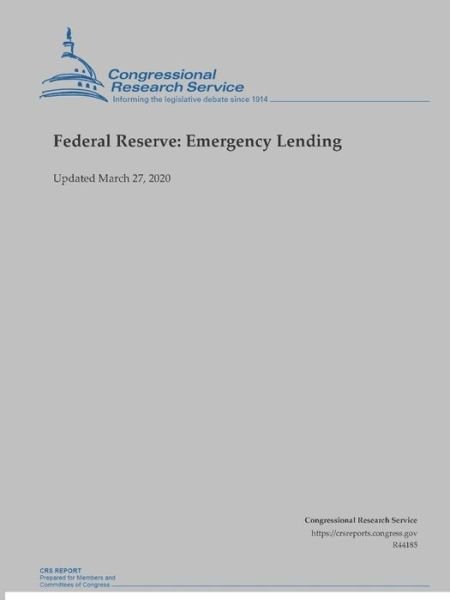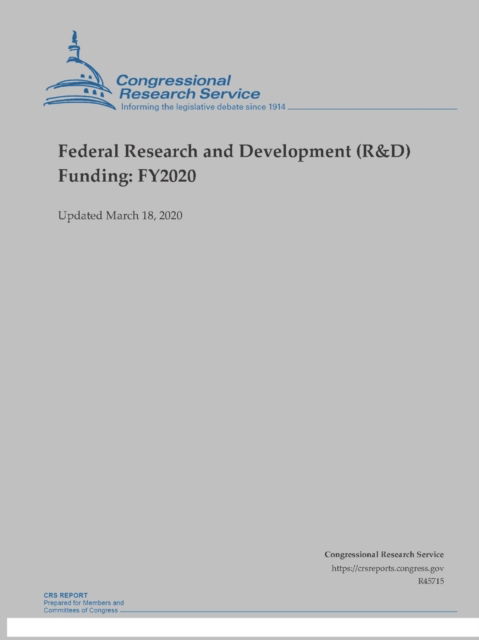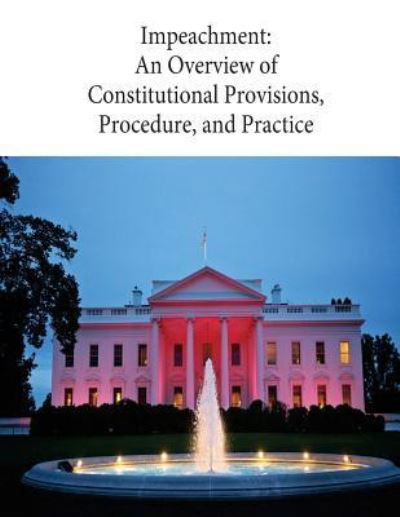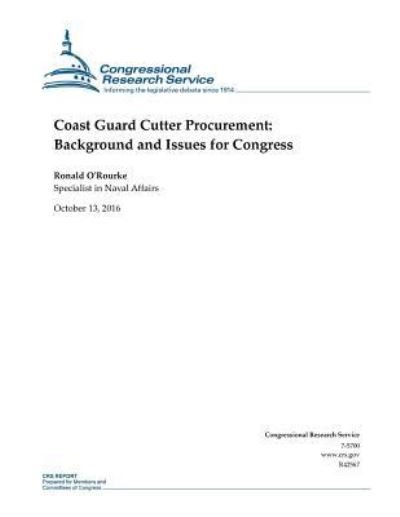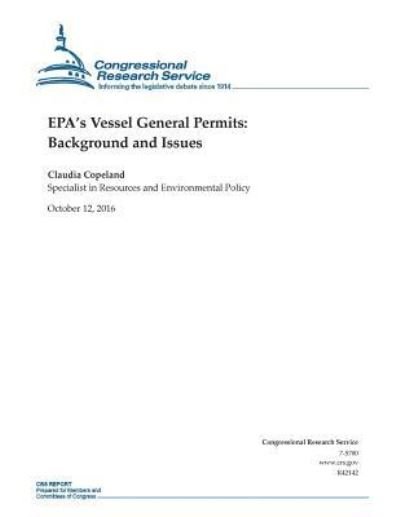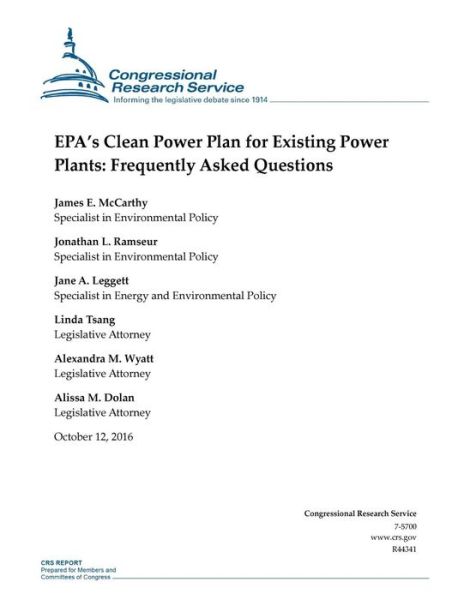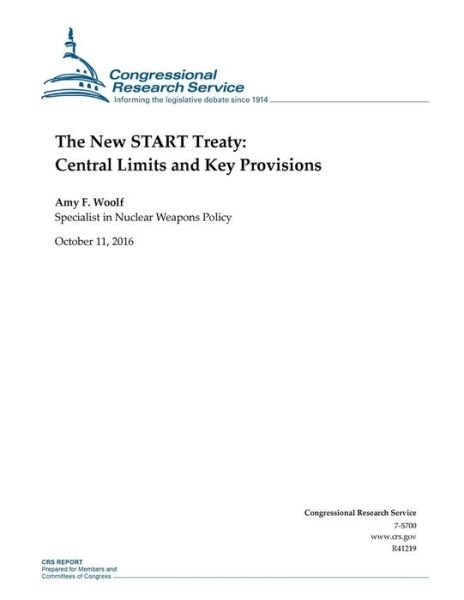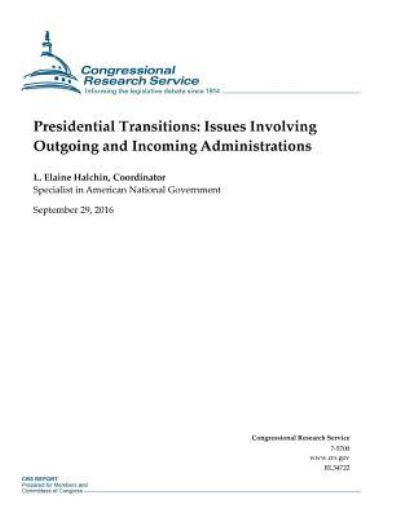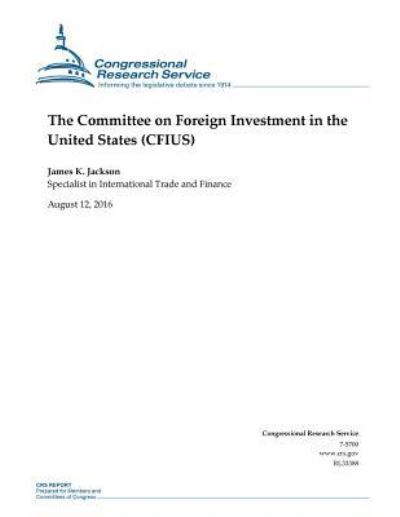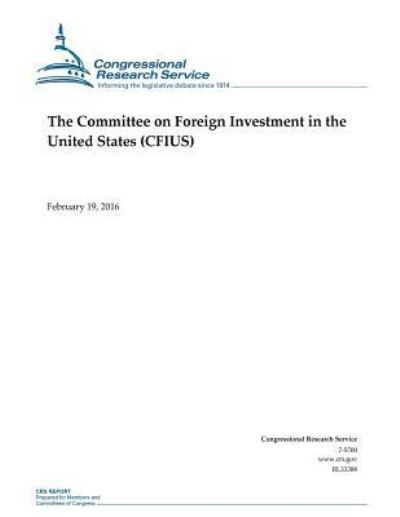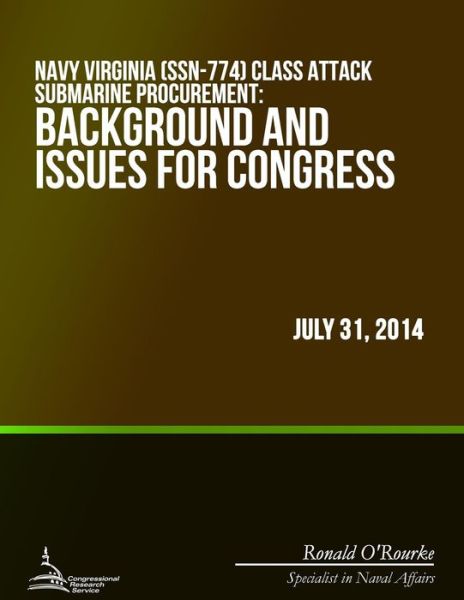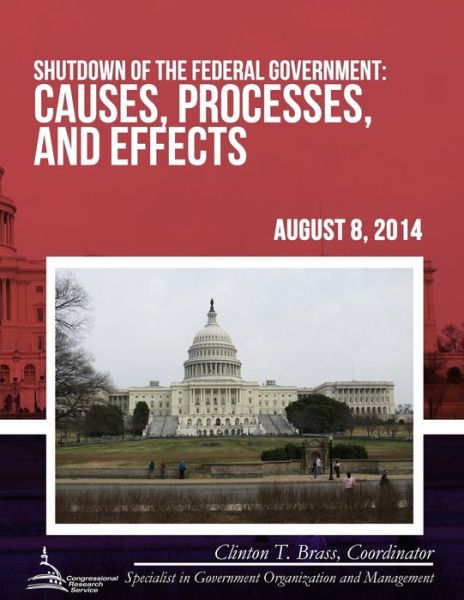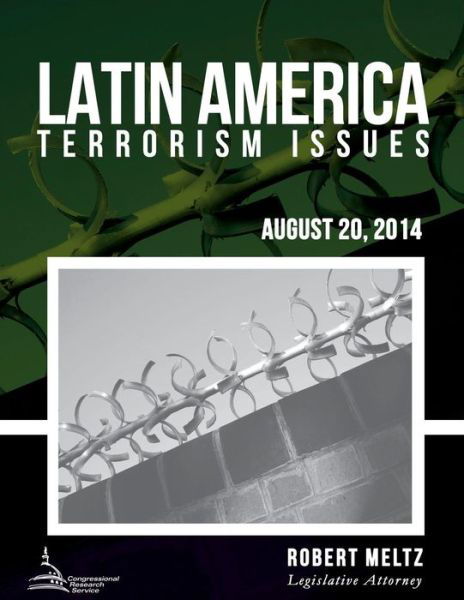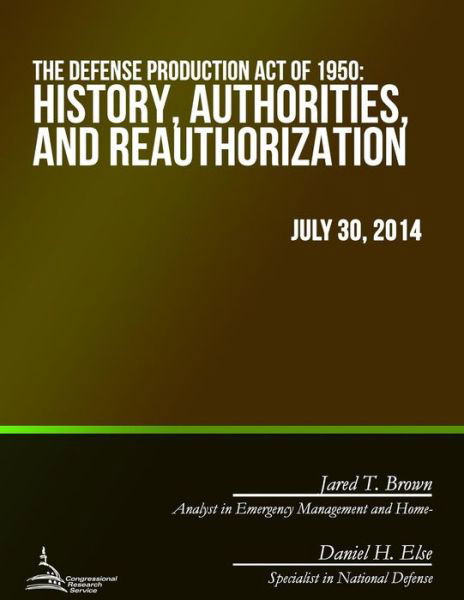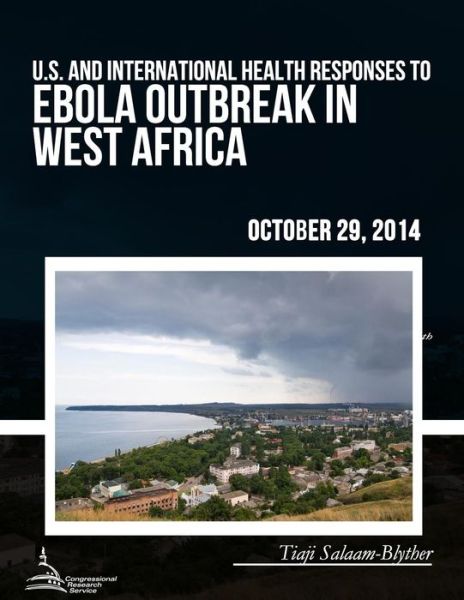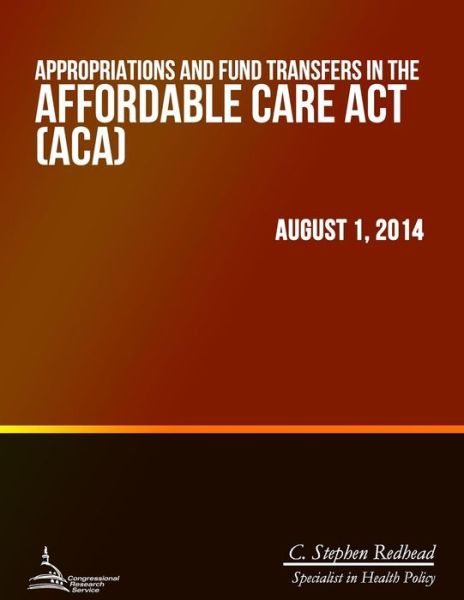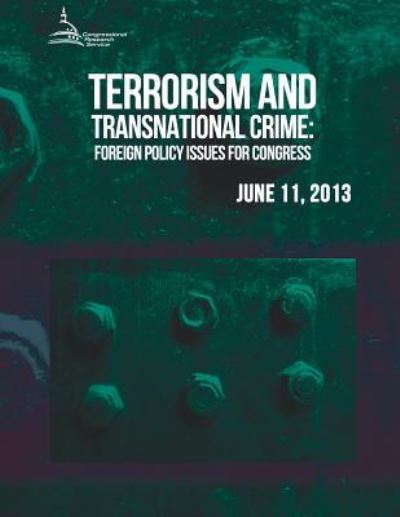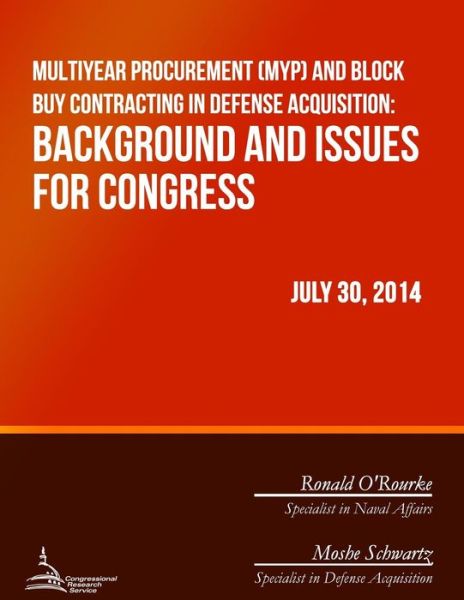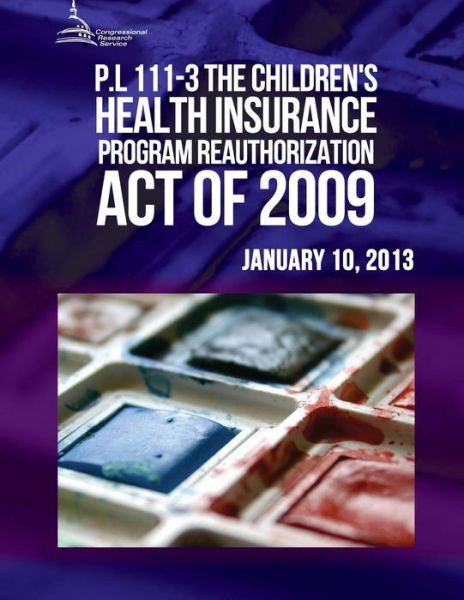
Vinkkaa tuotetta kavereillesi:
Freshwater Harmful Algal Blooms
Congressional Research Service
 Joululahjoja voi vaihtaa 31.1. asti
Joululahjoja voi vaihtaa 31.1. asti

Freshwater Harmful Algal Blooms
Congressional Research Service
Scientific research indicates that in recent years, the frequency and geographic distribution of harmful algal blooms (HABs) have been increasing nationally and globally. Because the impacts of HABs can be severe and widespread-often with interstate implications-these issues have been a perennial interest for Congress. While algal communities are natural components of healthy aquatic ecosystems, under certain conditions algae may grow excessively, or "bloom," and produce toxins that can harm human health, animals, aquatic ecosystems, and the economy. In 2014, a cyanobacterial HAB in Lake Erie affected the drinking water for more than 500,000 people in Toledo, Ohio. In 2016, a massive HAB in Florida's Lake Okeechobee negatively impacted tourism and aquatic life. HABs have been recorded in every state and have become a concern nationwide. Many types of algae can cause HABs in freshwater systems. The most frequent and severe blooms involve the proliferation of cyanobacteria. Some cyanobacteria species can produce cyanotoxins that can cause mild to severe health effects in humans and kill aquatic life and other animals. HABs can also contribute to deteriorating water quality and ecosystem health. As masses of cyanobacteria or other algae die and decompose, they consume oxygen, sometimes forming "dead zones" where life cannot survive. These areas can kill fish, crabs and clams, and have detrimental economic effects. Scientists widely consider nutrient enrichment to be a key cause of HAB formation. While nutrients are essential to plants and natural parts of aquatic ecosystems, excessive amounts can overstimulate algal growth. Sources include point sources (e.g., municipal wastewater discharges) and nonpoint sources (e.g., fertilizer runoff from agricultural and urban areas). Congress, federal agencies, and states have taken steps to address HABs and nutrients that contribute to their occurrence. The Harmful Algal Bloom and Hypoxia Research and Control Act of 1998 established an interagency task force, required the task force to prepare reports and plans addressing marine and freshwater HABs, and authorized funding for research, education, monitoring activities, etc. In December 2016, the Environmental Protection Agency (EPA) used its authority under the Clean Water Act (CWA) to propose water quality criteria for two algal toxins in waters used for recreational purposes. States use such criteria when developing water quality standards-measures that describe the desired condition or level of protection of a water body and what is needed for protection. Further, EPA has emphasized the need to reduce nutrient pollution from all sources to reduce public health and environmental impacts associated with HABs. The CWA does not authorize EPA to regulate all sources. It authorizes EPA to regulate point (direct) sources of nutrients but does not authorize EPA to regulate nonpoint (diffuse) sources of nutrient pollution. Some states have developed guidelines for algal toxins, primarily for use in guiding swimming advisories. Also, states have listed waters as impaired, or not meeting water quality standards, for algal blooms or algal toxins. Some of these states have begun to develop Total Maximum Daily Loads (TMDLs)-essentially pollution budgets-to address them. Most states have identified nutrient-related pollution as a priority to be addressed by their TMDLs and/or alternative restoration plans. States rely heavily on financial assistance from EPA in implementing these plans and, more broadly, in addressing nonpoint source pollution that leads to degraded water quality and HAB formation. Congress has long provided financial assistance through EPA for regional, state, and local programs through CWA Sections 106 and 319 planning grants, geographic programs (such as the Chesapeake Bay and Great Lakes), and other sources. The President's FY2019 budget request for most of these programs is either eliminated or significantly reduced
| Media | Kirjat Paperback Book (Kirja pehmeillä kansilla ja liimatulla selällä) |
| Julkaisupäivämäärä | tiistai 4. syyskuuta 2018 |
| ISBN13 | 9781727035841 |
| Tuottaja | Createspace Independent Publishing Platf |
| Sivujen määrä | 32 |
| Mitta | 216 × 279 × 2 mm · 99 g |
| Kieli | English |
Lisää tuotteita Congressional Research Service
Katso kaikki joka sisältää Congressional Research Service ( Esim. Paperback Book Ja Book )


